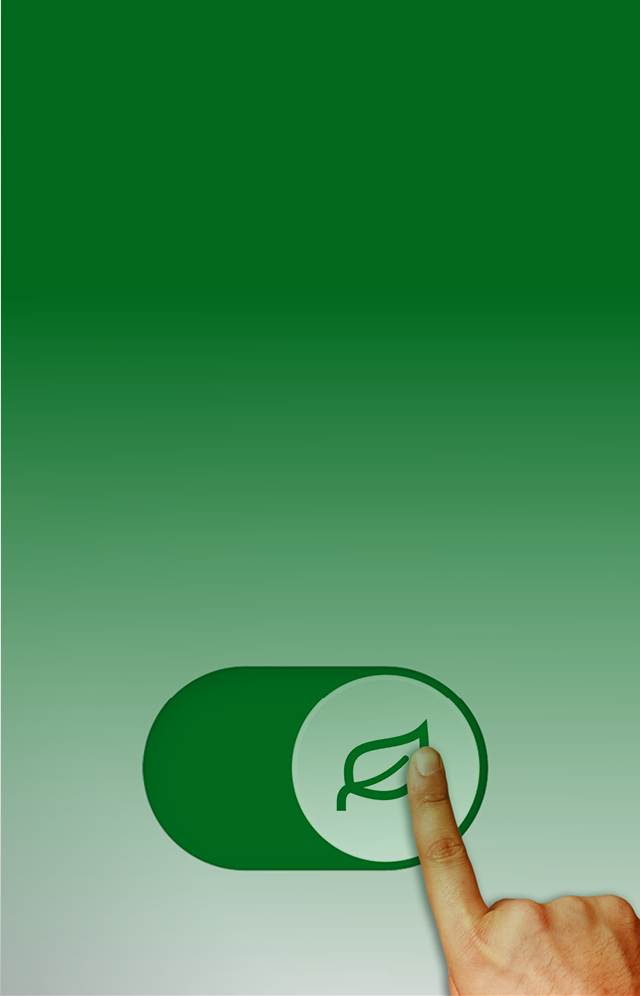
End the Year with Big Savings!
Don’t Miss Out on Our EOFY Discounts 1st December until 31st December 2025.

Don’t Miss Out on Our EOFY Discounts 1st December until 31st December 2025.
%20x%20420%20(h)/Service_Tool_kit_768_x_420_px_V4.png)
Create a toolkit that’s uniquely yours in simple steps with our DIY Build experience.

%20x%20210%20(h)/Startech_5_300x200px_V1_2025-11-14.jpg)
The IT Professional's Choice for Connectivity

Enjoy 10% off Schneider Electric products and get Touch ’n Go rewards worth up to RM150.
%20x%20210%20(h)/NPI_1125_300_x_200_px.png)
Discover Trusted Brands in the AI Industry

Helps reduce your supplier base while cutting purchase-to-pay costs and freeing up valuable time.

Click here for new products this month. A wide range of industrial equipment one after another.